Sometimes, new species are found after years of dedicated fieldwork. Others are found in some dusty and forgotten museum drawer. And some are hiding in plain sight, found only with the help of genetic analysis.
But sometimes, you find a new species perched on your toilet.
Here are our favorite stories about species discovered (or rediscovered) in weird and wonderful circumstances. And if you know of any others, please share your favorites in the comments.
Top 10 List
-
The Weasel on the Toilet
Mustela felipei, Colombia
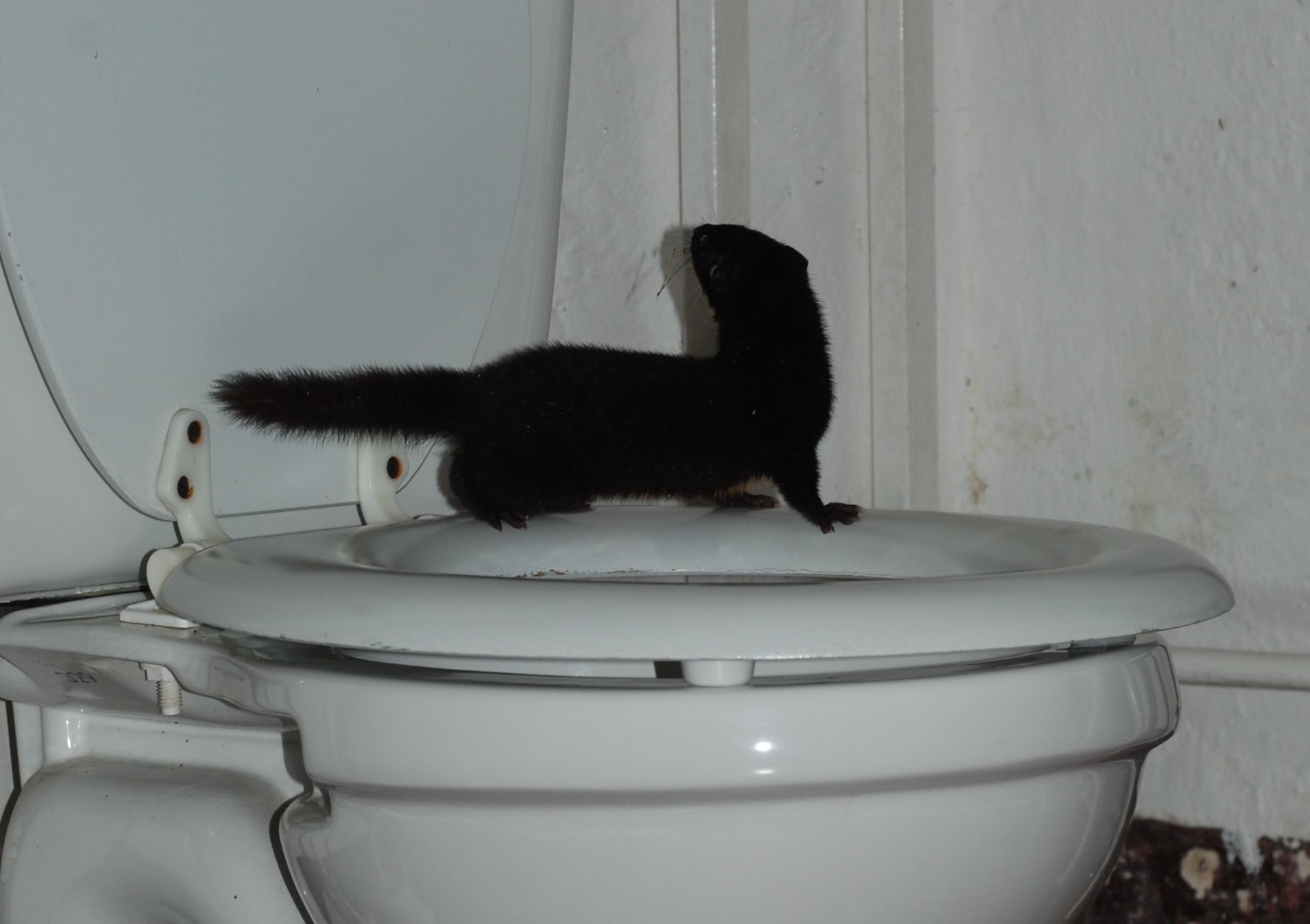
Photo © Juan Manuel de Roux / iNaturalist In 2011, Juan M. de Roux went into the bathroom — presumably for the usual reasons — and discovered a weasel on top of the toilet. He snapped a few photos, the weasel escaped, and that was that.
Years later he heard about the iNaturalist app, resurrected his pictures, and uploaded them to the site. At first, he assumed the weasel in question was the common long-tailed weasel. But something didn’t feel right. After searching online, he came across a 2014 paper about the extremely rare Colombian weasel, which had the exact same dark chest patch as the weasel in his photos. He corrected the ID on iNaturalist, and then the rest is (scientific) history.
Not only had de Roux re-discovered the Colombian weasel, but he had taken the first-ever photographs of the species.
Little is known about the Colombian weasel. Prior to 2011, the species had been seen in only 5 locations in the mountains of Colombia (and one record from Ecuador) making it one of the rarest carnivores in all of South America. The species was last seen in 1988, despite multiple field studies attempting to find and trap it.
De Roux found the weasel in his parent’s house, which sits across the road from a patch of intact forest adjacent to Colombia’s National Natural Park Farallones de Cali. Conservationists hope that the forest is protecting a healthy population of Colombian weasels. But we might not find out more until the next bathroom break-in.
-
The Skink in the Snake Stomach
Tiliqua adelaidensis, Australia
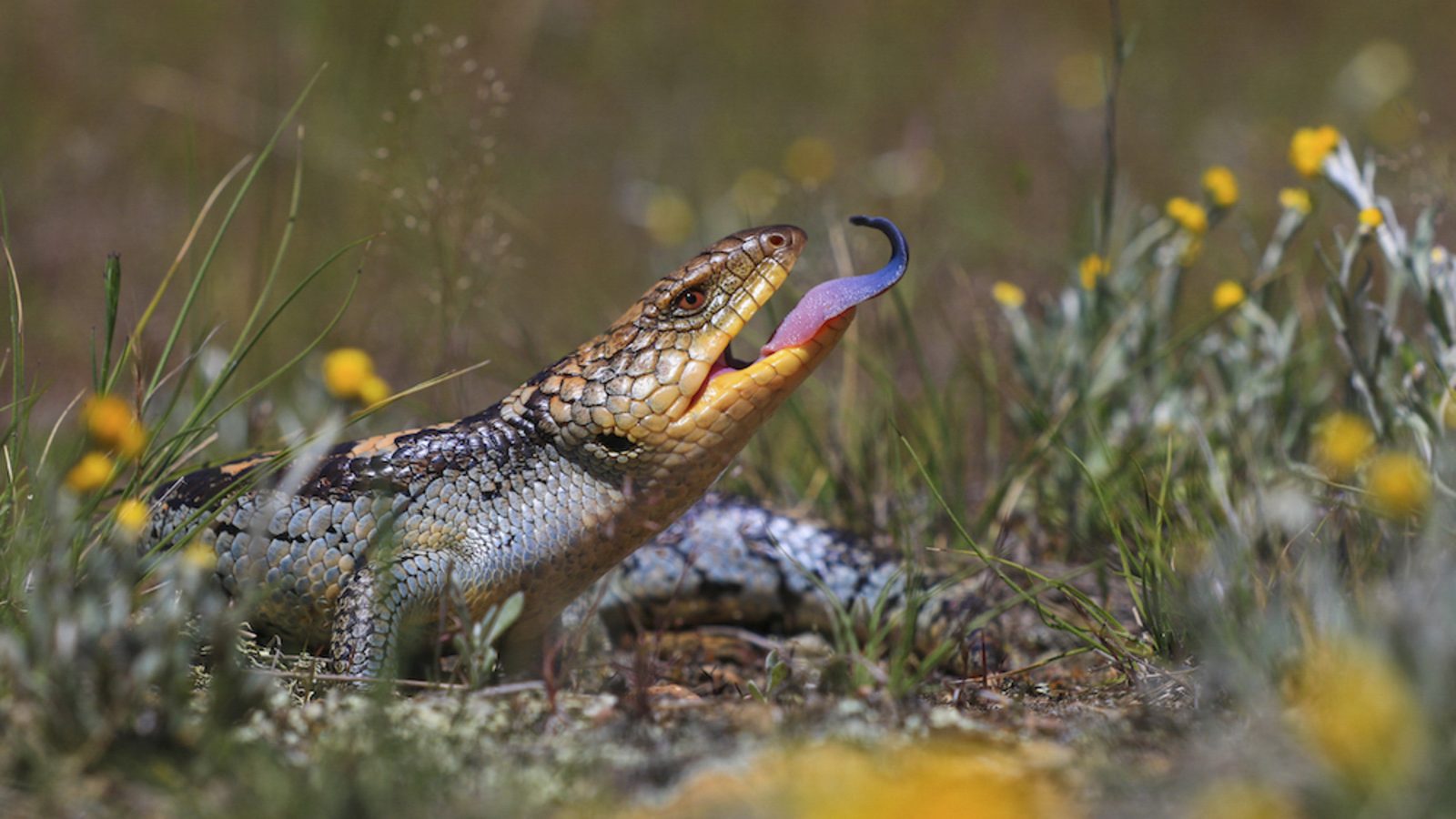
This is a blotched blue-tongue, Tiliqua nigrolutea. There are several species of blue-tongued skink in Australia. Photo © Harrison Warne/TNC Photo Contest 2019 Australia is home to heaps of amazing reptile species. Many of them — including the Adelaide pygmy blue-tongue skink — live in remote areas and are seldom seen by people. Back in the early 1990s, scientists suspected that this particular species had gone extinct, because no one had seen one in more than 30 years.
That is, until a herpetologist dissecting a roadkill brown snake — one of Australia’s many deadly snake species — discovered a strange skink in the snake’s stomach. It was a male Adelaide pygmy blue-tongue. Thanks to this particular snake’s last meal, scientists now know that the species is still alive, albeit endangered.
The tiny skinks in a small area north of Adelaide, where they inhabit spider burrows in unploughed native grasslands. Most of these grasslands have been converted for agriculture, greatly reducing the skinks’ habitat. Scientists estimate that between 5,000 and 7,000 individuals survive in their narrow range. Conservationists are working on a captive breeding program, as well as relocations to help this little skink survive climate change.
-
The Dog Who Fetched Dead Ferrets
Mustela nigripes, United States
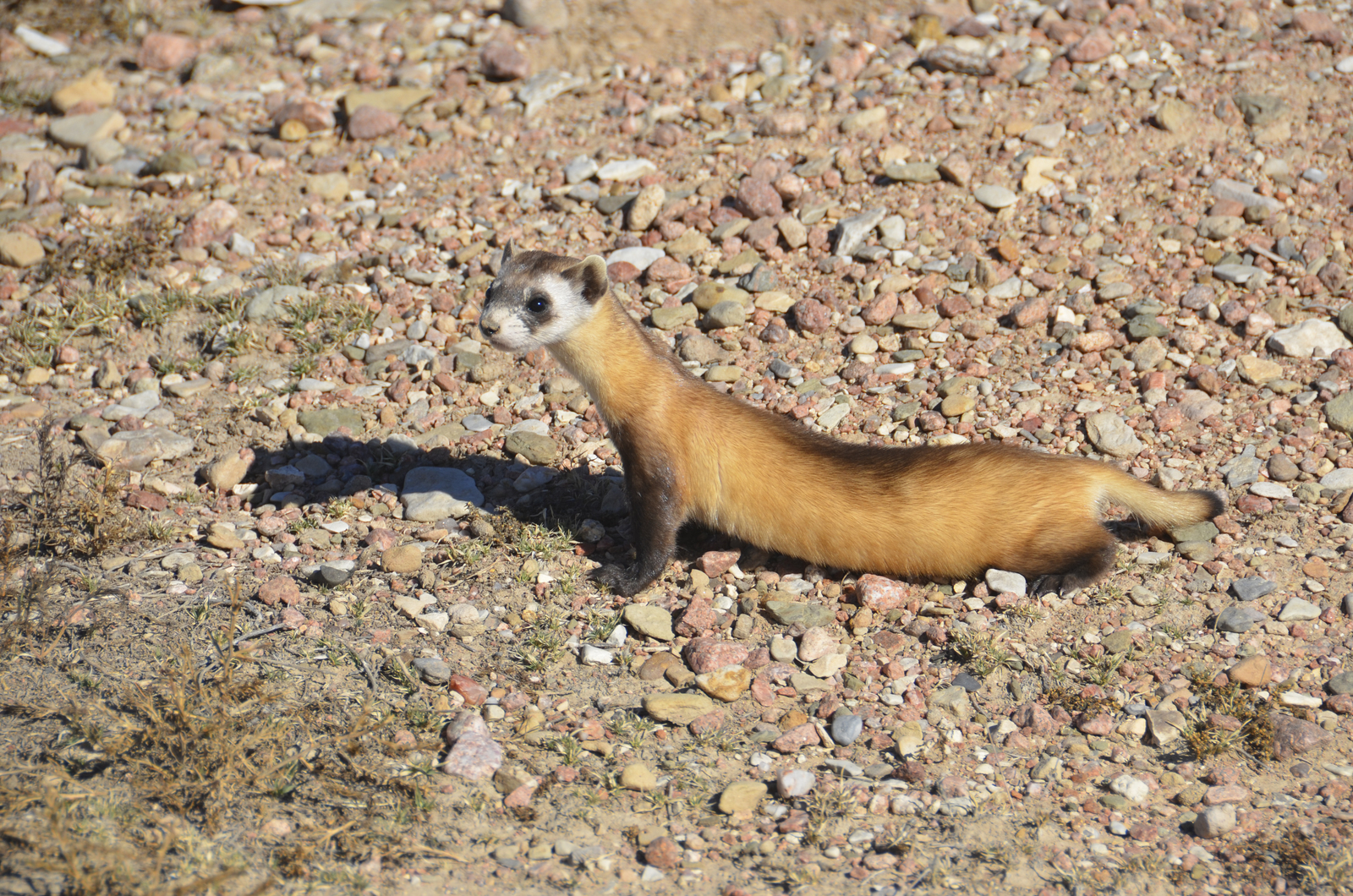
A black-footed ferret at Walker Ranch, Colorado. Photo © Chris Pague / TNC On September 26, 1981, a very good dog named Shep dropped a dead ferret on his master’s doorstep. Except this wasn’t just any ferret — it was a black-footed ferret, which scientists thought was already extinct.
Today, black-footed ferrets are a conservation success story, and most readers are probably familiar with these adorable masked mustelids that prey on prairie dogs. The species declined drastically in the mid 1900s, beset by fur trappers and a plague that killed off their main source of prey. By 1979, the last captive breeding program had failed, and scientists considered the species extinct.
That changed when Lucille Hogg saw the “present” that Shep had brought her. A lone colony of black-footed ferrets had managed to survive, undetected, in the tiny town of Meeteetse, Wyoming. About a month later, scientists sighted a live ferret in the area. They captured seven adults and started the captive-breeding program responsible for bringing the ferrets back from the brink.
Conservationists have successfully reintroduced the ferrets to several locations, and the population is up to an estimated 200 adults. But the species is still critically endangered, and unfortunately the ferret population has started to decline again, thanks to human encroachment, habitat loss, and a return of the prairie dog plague.
-
The Tree Rat on the Handrail
Santamartamys rufodorsalis, Colombia
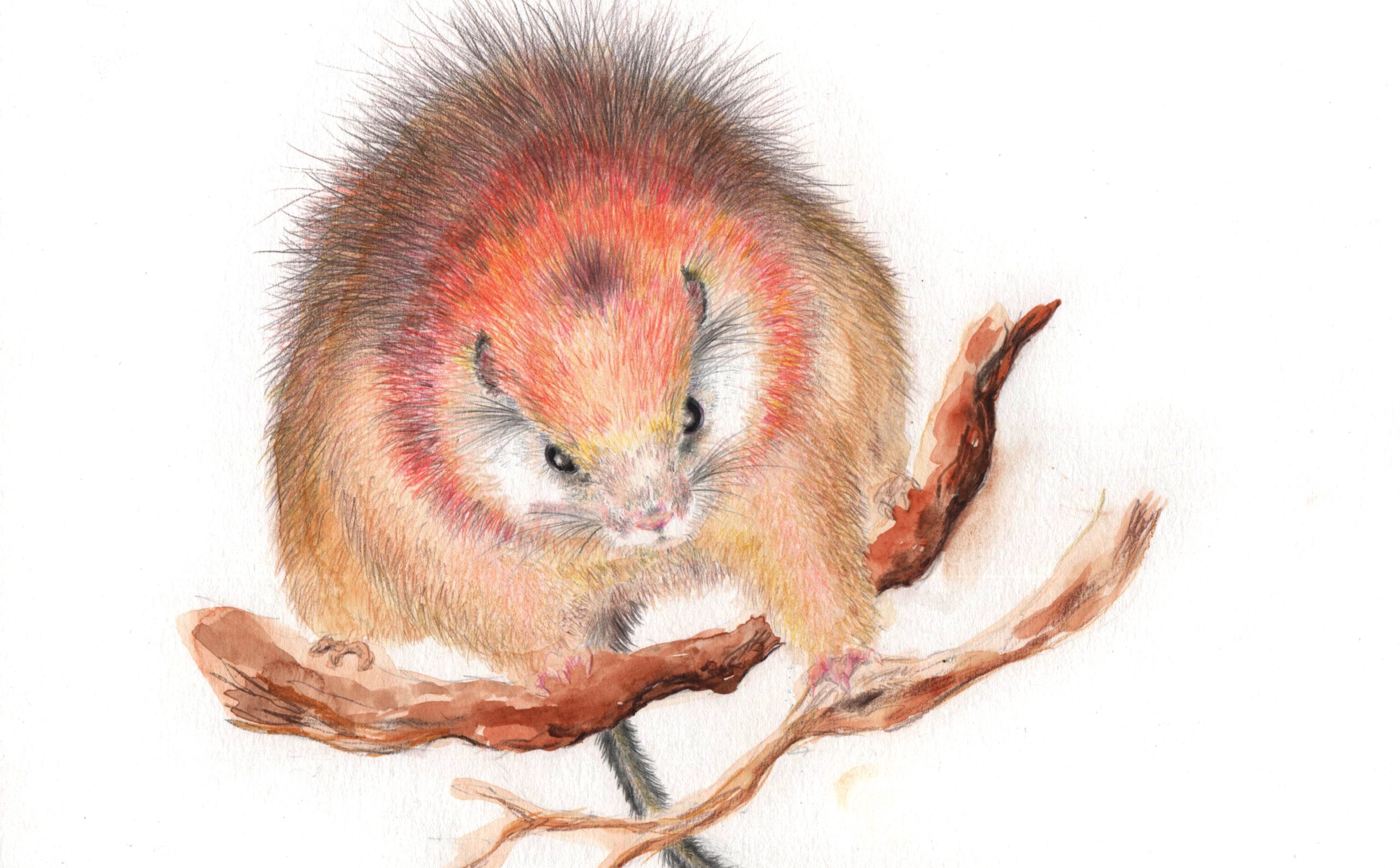
An illustration of the red-crested tree rat. Photo © David Valle Martínez / Wikimedia Commons Here’s another reason to get up off the couch when Netflix asks if you’re still watching… you might find a rare tree rat.
Back in 2011, Irish grad students Simon McKeown and Lizzie Noble were resting in the lodge after a long day of volunteering at Colombia’s El Dorado Nature Reserve. After watching a DVD, they went downstairs to find a large, red rat sitting on the handrail. Like any nature-nerds, they started taking photos, and called other staff to come see the curious critter who had wandered in. (You can check out the photos here.)
No one recognized the rat, and Noble started to suspect they’d found a new species. McKeown was unconvinced, pointing out that it was highly unlikely that the creature, which was “the size of half a loaf of bread” was something new to science. But Noble persisted, sending photos to a local wildlife specialist.
What followed is a rather epic “I told you so,” moment. The pair had re-discovered the rare red-crested tree rat, which hadn’t been documented in more than 100 years despite many dedicated searches to find it. Little is known about the species, and despite more field work the species hasn’t been seen again since.
-
The Tardigrade in the Parking Lot
Macrobiotus shonaicus, Japan

A tardigrade. Photo © AJC1 / Flickr Kazuharu Arakawa has a rather, um, interesting hobby. A Japanese scientist, he spends his spare time scraping moss off his apartment building’s parking lot and sampling it for microscopic tardigrades.
Tardigrades look like obese, faceless, eight-legged pigs, and despite that they still manage to be rather cute. Also called water bears, they’re famous for being extremely sturdy and adaptable. They can survive irradiation, the vacuum of space, and temperatures as cold as -328 Fahrenheit or as hot as 300 degrees Fahrenheit.
Arakawa studies tardigrades and frequently searches for them in moss and lichen patches around town. Even so, he wasn’t expecting a new species to turn up just outside his apartment building. Named Macrobiotus shonaicus, the species is the 168th type of tardigrade ever discovered. Unlike other tardigrade species, M. shonaicus can survive and reproduce in a lab. It also has unusual, spherical eggs with wavy filaments on top.
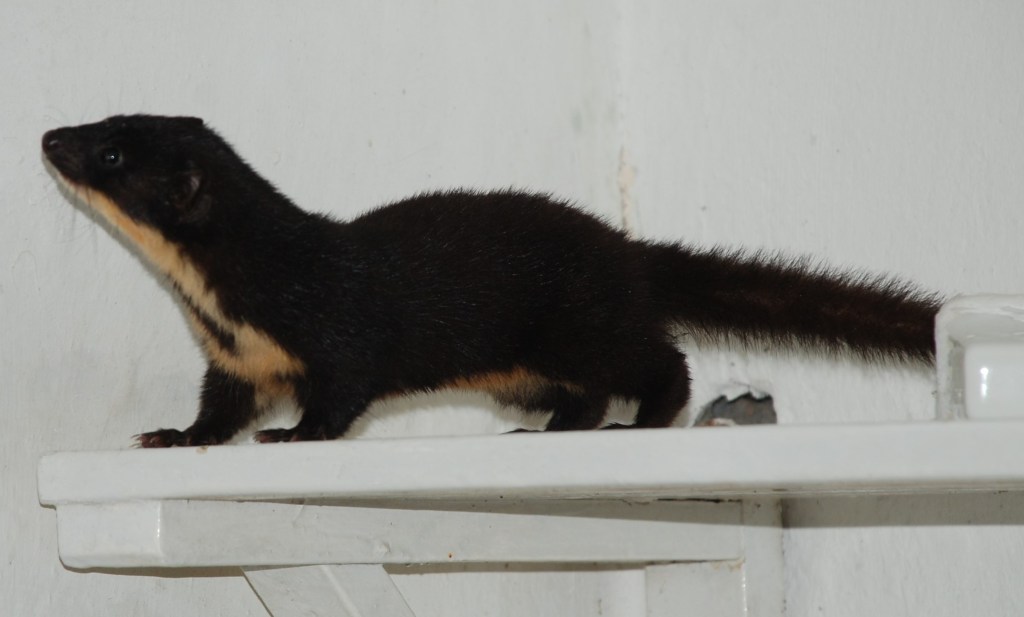
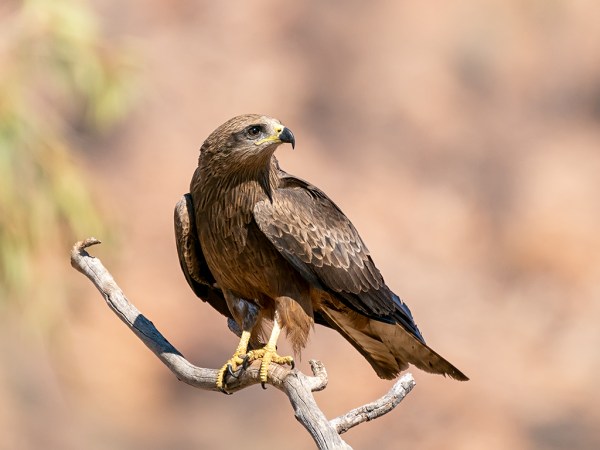
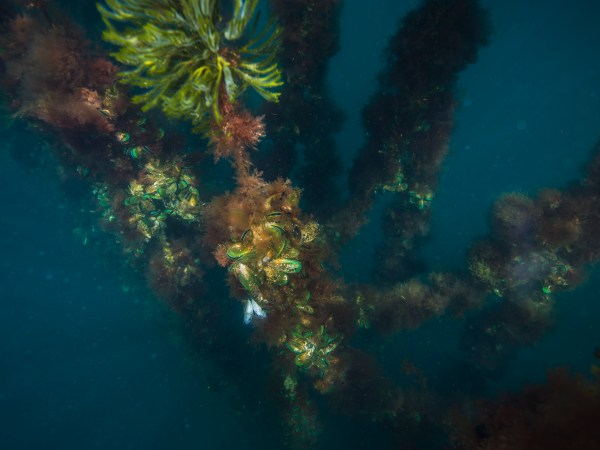

I found this information fascinating ! We can always learn more about nature in the outdoor classrooms if we are just observant and curious each day , like our children ! What great discoveries you’ve shared here ! Thanks 🙂 Can’t wait time tell my friends about it 🙂
What an interesting article, and proof that we, contrary to what we believe, really don’t know what’s out there. And I’m delighted that the tardigrade got to be included!
Thank you for this wonderful series! The writing is excellent and it is truly wonderful to explore nature with a knowledgeable guide.
Made my day !!